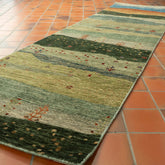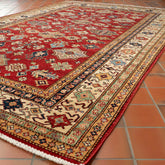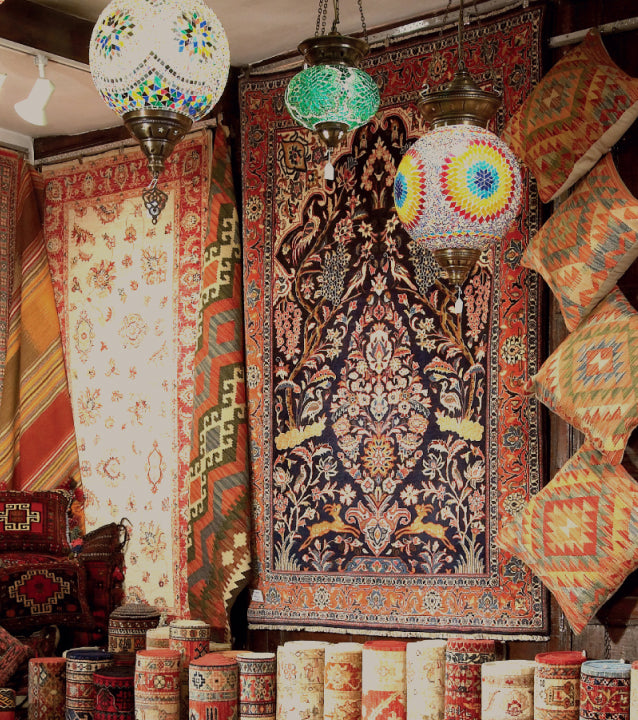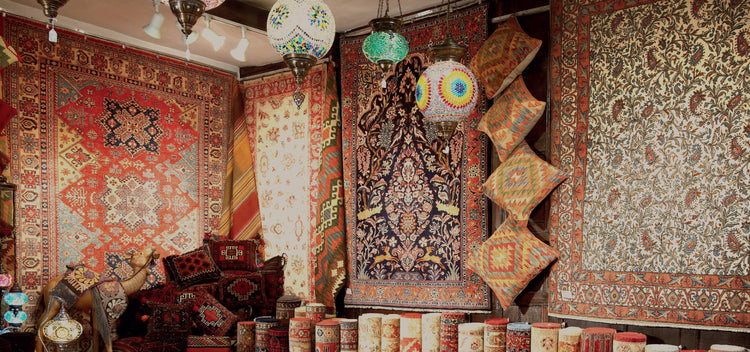DESIGN & COLOUR
- The beauty of a rug with a central medallion design will be lost if it’s placed under a coffee table or dining table. For these areas, it may be better to choose a rug with an all over design or an interesting border.
- You will rarely find a matching pair of hand- made rugs so if you want more than one in a room, choose rugs that are complementary.
- If your room is already decorated, take fabric, carpet and wallpaper samples with you when buying your rug.
- A good quality hand-made rug or carpet will outlast all other soft furnishings and decorating details in a room. Wherever possible, it’s therefore best to choose a rug first, which gives you the widest choice, then co-ordinate fabric, wallpaper and paint with it rather than the other way round.















